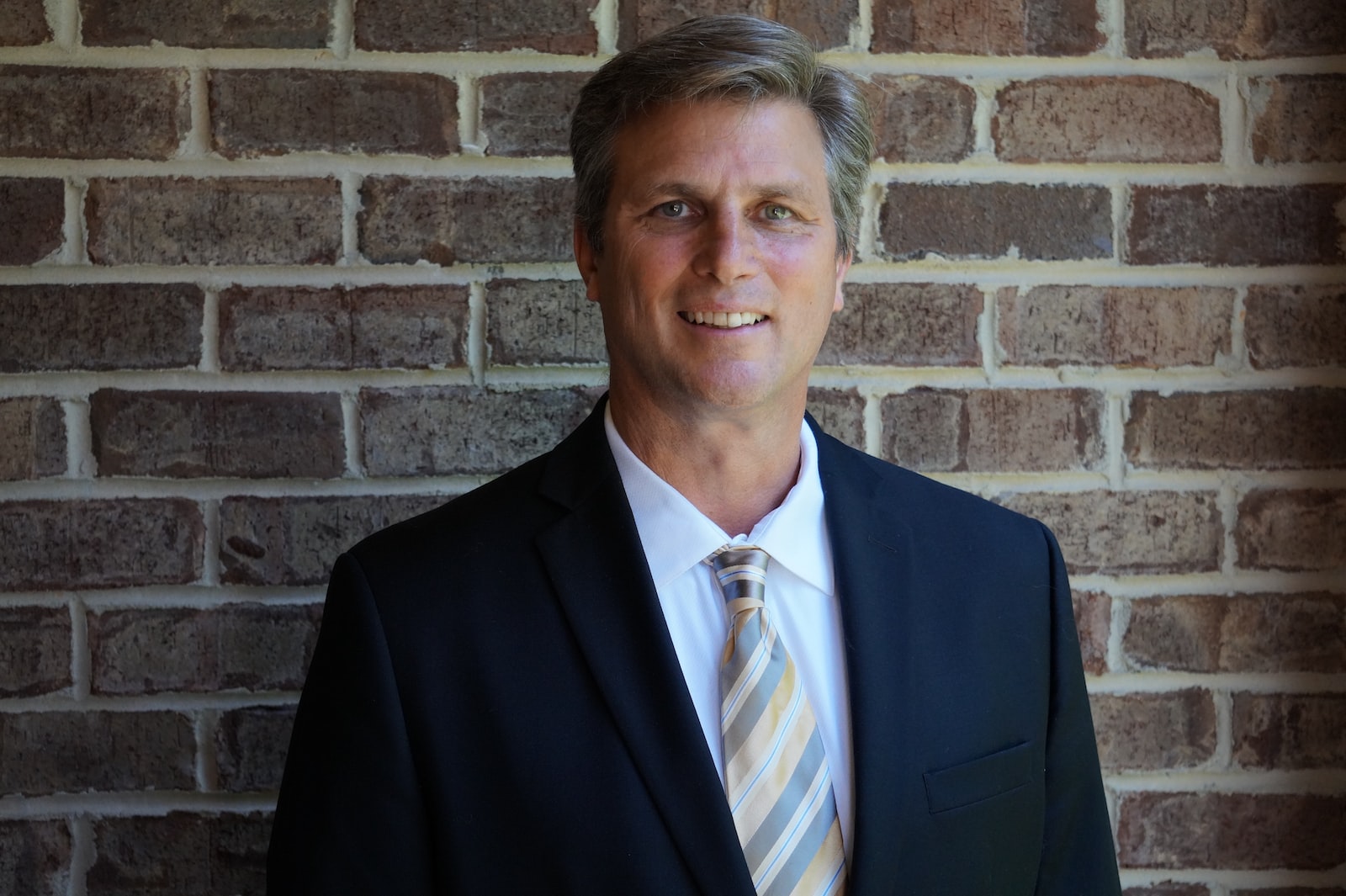A recent article in the WSJ outlined a two decade pursuit of one of the significant challenges faced daily by parents of children with long hair. Too young or lacking in the regular habit of brushing their own hair the task often falls to a parent who, seeing the child on his or her way to school, hair unbrushed yells out, “Come back here so we can brush that tangled mess.” And, very often, it is a “tangled mess.”
Parents who have taken on this challenge know that as difficult as it is to get the hair to flow easily through the bristles of the brush, it is more challenging–and often painful–to the child. As each tangle and knot resists the brush, the “ouches” become more common and louder. This is not fun–obviously not for the child, nor for the parent.
Decades ago, a researcher and professor, Dr. L. Mahadevan of Harvard University, began studying this phenomenon. He began studying the why and how of tangling years ago while at Cambridge University, but when a recent example of the challenge reached his desk, he put together a team and dive back in.
Their findings revolve around a lot of math, things like “link density” and the use of mechanically operated “brushers” working on a lot of mannequins and wigs. The net outcome of the studies so far is that things like “shorter strokes” matter. You must start at the bottom of the hair and work your way upwards as you tackle the tangles. And, as you combine shorter and moving up, you can take longer and longer passes with the brush.
Dr. Mahadevan has not only held professorships at prestigious universities like Cambridge and Harvard, but he is also a MacArthur Fellow (they’re the genius award people). To many people, research of this type may seem a distraction and at worse, a waste of his talent, his brain and he and his team’s resources and efforts.
That is until we, like Dr. Mahadevan, have to brush the hair of his own 5-year-old daughter–which is where this research began years ago. The obvious pain this simple morning routine put her through was more than enough to move him to find a better way. And it looks, based on the viewership of the article in the WSJ, like something many people care about.
When you work “with” a problem or a situation needing a solution is not uncommon for there to be something personal driving that engagement. It was testing the belief that the king had that his new gold crown was not pure gold that got Archimedes springing from his bath and running down the street yelling “Eureka” (the king was being cheated).
The level of engagement we achieve when we are working on a problem or seeking a solution increases when there is something connecting the theoretical to something useful or personal–where there is a “with” experience at its base.
For leaders, imagine if we starting framing our opportunities and challenges in how addressing that opportunity or overcoming that challenge would help is “with” our relationships–with individuals, teams and our organization. With customers, suppliers and regulators?
What if as parents, spouses, partners and friends we started approaching opportunities in those relationships, worthy of some extra effort or work with the motivation that making those changes would help us strengthen or improve our relationship with that individual?
Mundane doesn’t mean meaningless. Mundane doesn’t mean it can wait until the important stuff gets handled. Because sometimes, mundane things like brushing your five-year-old’s hair can matter, not just to the two of you but to a world of five-year-olds and frustrated, but loving parents.
(Drawn from an article published in The Wall Street Journal, online edition, Douglas Belkin author, May 2, 2022 11:04 a.m. EDT)



